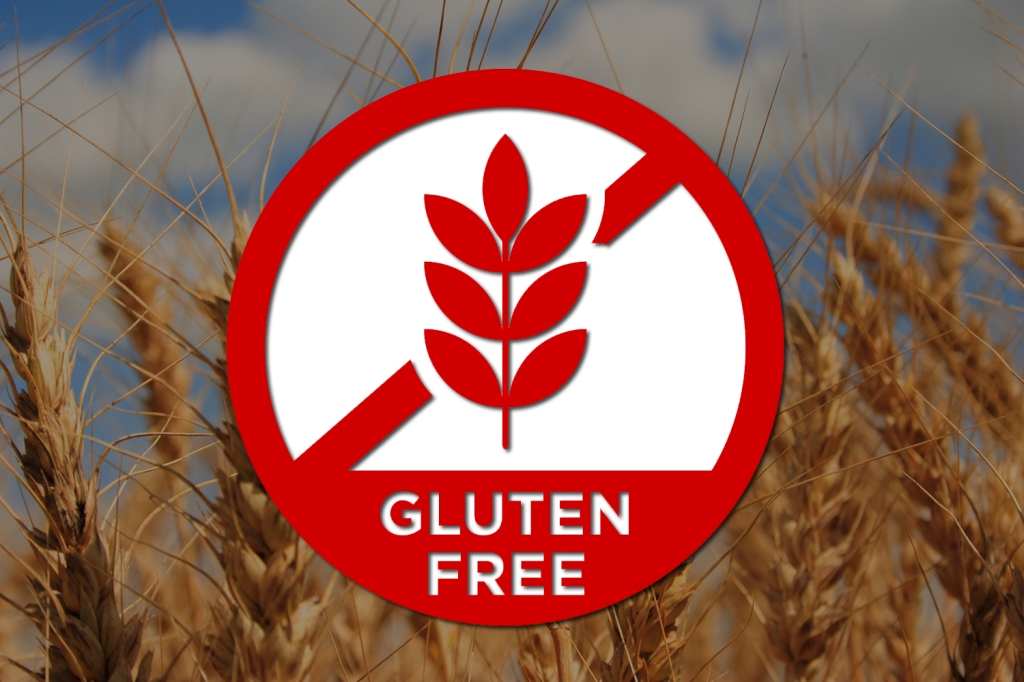Is Your Tea Gluten Free?
The answer to this question should be easy. All tea comes from the Camellia sinensis plant. It is not grain. It contains no gluten.
For those casually following the gluten-free lifestyle, that answer should be enough. But for those with celiac disease, a bit more detail may be required:
A lot of things are called tea that aren’t tea
As the first paragraph said, real tea comes from Camellia sinensis. But many (most?) people refer to anything that involves steeping leaves or flowers in hot water as tea: yerba mate, rooibos, chamomile, honeybush, and so forth. Technically, they are tisanes or infusions, but they are often sold as tea.
So if you’re buying actual black tea, green tea, oolong, pu-erh, or white tea, all is well. If you’re buying “herbal tea,” you’d better take a closer look at that label.
But wait…
Flavored teas have all kinds of additives
You may be getting a nice black tea that’s totally 100% gluten-free, but many flavored blends are sweetened. One of the things they may be sweetened with is malted barley, which does contain gluten. There’s not going to be very much of it, but it may be enough to cause problems for celiac patients.
So if you’re buying unflavored straight black tea, green tea, oolong, pu-erh, or white tea, all is well. If you’re buying flavored teas, you’d better take a closer look at that label.
But wait…
Gluten in teabags? Really?
A number of tea companies use sealants for their teabags that contain gluten. There’s no gluten in the tea itself, but once you dip that bag in boiling water and the glue starts to melt, you’re picking up a tiny bit of gluten. By “tiny bit,” we’re talking a few parts per million in the brewed tea here, which is a tiny fraction of what it takes to cause reactions in someone with celiac disease. But if you’re actually looking for ZERO gluten content, we’re not quite there yet.
So if you’re buying loose-leaf unflavored straight black tea, green tea, oolong, pu-erh, or white tea, all is well. If you’re buying teabags, you’d better take a closer look at that label.
But wait…
Cross-contamination
Now we’re getting into incredibly small amounts, but some tea companies use the same facility for manufacturing tea as they use for manufacturing products that contain gluten. There is a possibility of airborne cross-contamination from those products.
At this point, we might as well be talking about any other food product on the planet. Can we guarantee that there wasn’t a wheat field next to the farm where your tomatoes were grown? A big mug of tea might use 7 grams of tea leaf. Cross-contamination at 1 ppm means 7 micrograms of gluten. That’s about one millionth of the gluten you’d get from a couple of slices of bread or a pint of beer.
According to this article, “research has suggested that a daily gluten intake of less than 10 milligrams (mg) is unlikely to cause significant damage to the intestines in most people with celiac disease.” The gluten you’d pick up from teabag glue or cross-contamination is less than a thousandth of that amount.
That same article says that, “In most parts of the world, regulations say that to be labeled gluten-free, a product can contain up to 20 parts per million (ppm) of gluten.” That means a slice of gluten free bread could still contain 100 times the gluten of a cross-contaminated cup of tea!
I am not a nutritionist, medical practitioner, or scientist, but I think those numbers make it pretty clear that if someone with celiac disease wants to drink a few cups of tea every day, it’s going to be just fine.
As I write this, I’m sipping on a cup of Jinxuan Jade Oolong, a rich buttery semi-oxidized tea that has replaced Iron Goddess of Mercy as my regular morning cup. I steep it 3:00 in boiling water, and then get three more cups out of it, adding a half-minute of steep time to each successive infusion. Although it is of the “milk oolong” style, it contains neither milk nor gluten.
Posted on 5 October 2015, in Health and tagged beer, bread, Camellia sinensis, celiac disease, gluten, jade oolong, Jinxuan, milk oolong, tea, teabags. Bookmark the permalink. 3 Comments.

You, of all people, might be the first person to carry (or create) a blend that might have wheat in it. I’d LOVE to see the “NOT gluten free” label you come up with when that time does come.
Kudos Gary this is a problem I deal with when I want to purchase a flavored tea! Thankfully I tend to shop at local tea shops where they make their own teas. So I can typically ask the owner what’s in the blend.
It’s always best when you can talk to someone who knows exactly what’s going on!